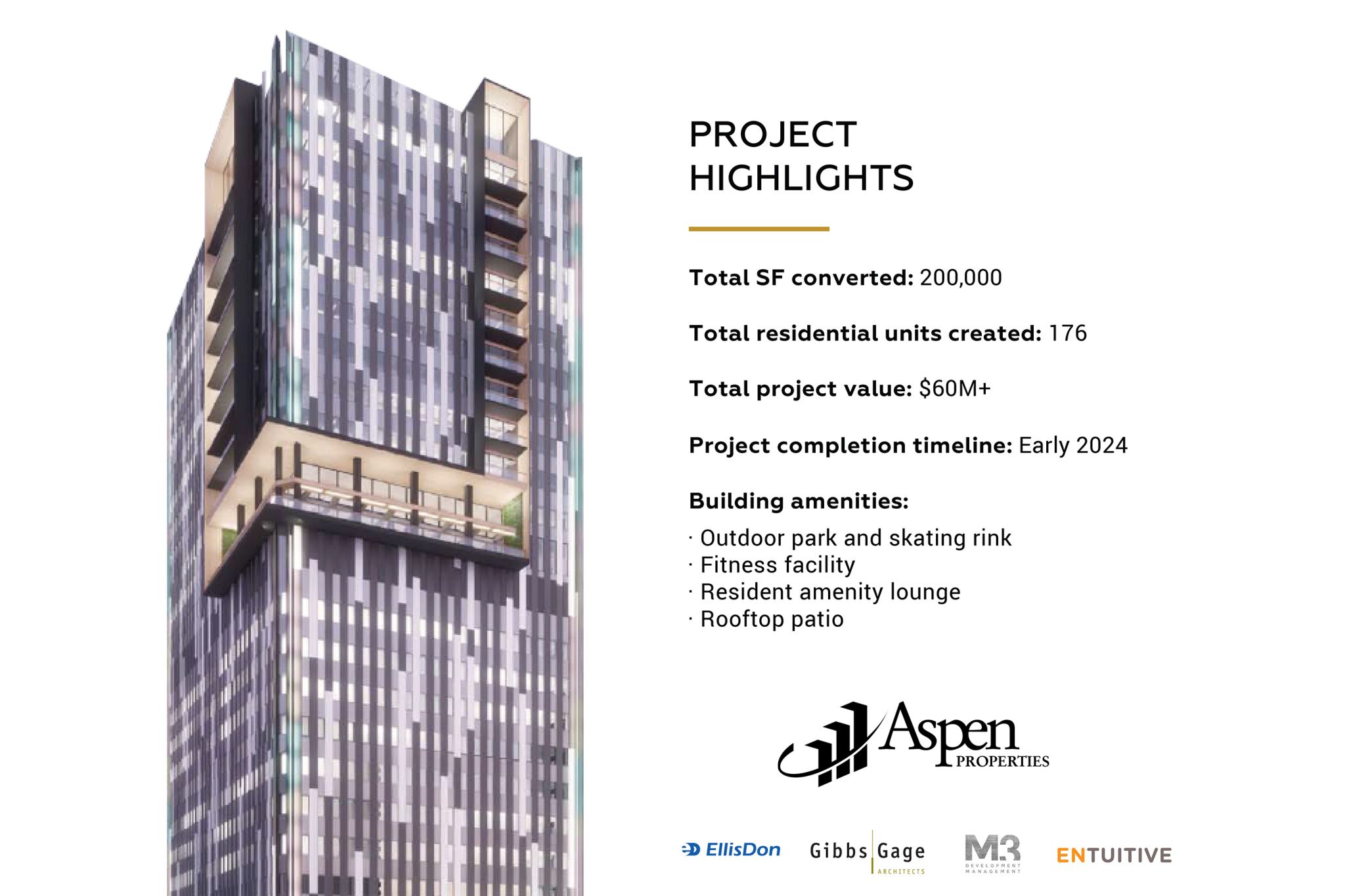CBBarnett
Senior Member
Residential development is the right move, and as awkward as subsidies can be, this is far from the worst example of how distortions create sub-optimal outcomes in urban development. We still subsidize sprawl, for example, and that outcome creates car-dependent, inefficient, expensive neighbourhoods and lifestyles for everyone involved.
I like @Surrealplaces comment on the permanency of this kind of investment in residential conversion. That's 400 units of long-term stock that will stick around for decades. Festivals, operating subsidizes for retail and other less permanent investments don't have that long-term impact.
On permanency, I would like to see (at least) one single, end-to-end, high-quality, pedestrian-centric corridor be created from river to river through the core. Not just some repaved sidewalks, but real people-attracting quality - think a updated Steven Ave or the river pathway connecting direction from the core through the Beltline. Fully/mostly convert to pedestrian travel. End-to-end with no stupid gaps or "needs to balance with car users" that undermines the whole pedestrian experience and point of the project. Drivers will be fine - there's the whole rest of our overbuilt downtown road network they can have.
I think we underestimate/don't model how much pedestrian traffic is generating by the quality of the route. You see this in already with city centre locals/regulars - locals always cut towards the parks rather than the ugly streets, they know where they won't have to wait as long for signals, many take the river pathway even if it's longer just because it's the only nice place in blocks etc.
We also see this in Chinatown and it's long-term struggles. It's lack of integration into the pathway system a block away with tens of thousands of users on a busy day is a wild missed opportunity. A big reason is that for decades you can't really tell Chinatown is there or how to get to it because the experience of even crossing a single road absolutely sucks relative to the high-quality of the pathway. Make a better, more inviting, more integrated and more intuitive pedestrian connections and foot traffic would rapidly increase.
Quality of experience matters.
The 13 Avenue SW upgrades from a decade ago between 4th Street and MacLeod are a perfect small example with huge boost in walking traffic, likely higher than nearby 12 Avenue SW, despite 12th having all the shops, density and offices.
All corridors deserve far better pedestrian experiences everywhere in the core, but 8 Street SW, 5 Street SW and 1 St SE are the obvious candidates to me for an end-to-end refurbishment on the scale of a Stephen Ave 2.0 or urban-format River Pathway 2.0.
The mechanics of how to do it are all just pushing through the fear of change and arguing with transportation engineers clinging to wildly incorrect pre-pandemic traffic flow models. Toss all that stuff and build a core public realm network actually for people.
I like @Surrealplaces comment on the permanency of this kind of investment in residential conversion. That's 400 units of long-term stock that will stick around for decades. Festivals, operating subsidizes for retail and other less permanent investments don't have that long-term impact.
On permanency, I would like to see (at least) one single, end-to-end, high-quality, pedestrian-centric corridor be created from river to river through the core. Not just some repaved sidewalks, but real people-attracting quality - think a updated Steven Ave or the river pathway connecting direction from the core through the Beltline. Fully/mostly convert to pedestrian travel. End-to-end with no stupid gaps or "needs to balance with car users" that undermines the whole pedestrian experience and point of the project. Drivers will be fine - there's the whole rest of our overbuilt downtown road network they can have.
I think we underestimate/don't model how much pedestrian traffic is generating by the quality of the route. You see this in already with city centre locals/regulars - locals always cut towards the parks rather than the ugly streets, they know where they won't have to wait as long for signals, many take the river pathway even if it's longer just because it's the only nice place in blocks etc.
We also see this in Chinatown and it's long-term struggles. It's lack of integration into the pathway system a block away with tens of thousands of users on a busy day is a wild missed opportunity. A big reason is that for decades you can't really tell Chinatown is there or how to get to it because the experience of even crossing a single road absolutely sucks relative to the high-quality of the pathway. Make a better, more inviting, more integrated and more intuitive pedestrian connections and foot traffic would rapidly increase.
Quality of experience matters.
The 13 Avenue SW upgrades from a decade ago between 4th Street and MacLeod are a perfect small example with huge boost in walking traffic, likely higher than nearby 12 Avenue SW, despite 12th having all the shops, density and offices.
All corridors deserve far better pedestrian experiences everywhere in the core, but 8 Street SW, 5 Street SW and 1 St SE are the obvious candidates to me for an end-to-end refurbishment on the scale of a Stephen Ave 2.0 or urban-format River Pathway 2.0.
The mechanics of how to do it are all just pushing through the fear of change and arguing with transportation engineers clinging to wildly incorrect pre-pandemic traffic flow models. Toss all that stuff and build a core public realm network actually for people.






